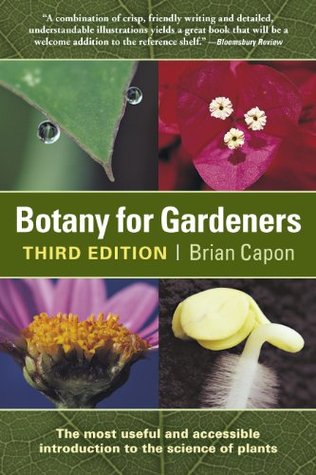Second are gymnosperms, plants that produce seeds in the open spaces of cones—between the flaplike parts that make up a pine cone, for example. The Greek words gymnos, “naked,” and sperma, “seed” describe this form of development. On the evolutionary scale, gymnosperms are more primitive than angiosperms but are of considerable economic importance as well as interest to landscapers for their compact forms and richly colored, needle-shaped, or scalelike leaves. Softwoods such as pine and fir are not only used to make paper, lumber, and plywood, but are the source of utilitarian products such as
...more
Welcome back. Just a moment while we sign you in to your Goodreads account.


